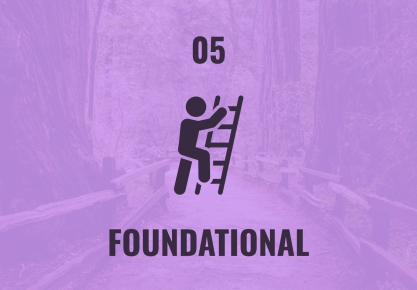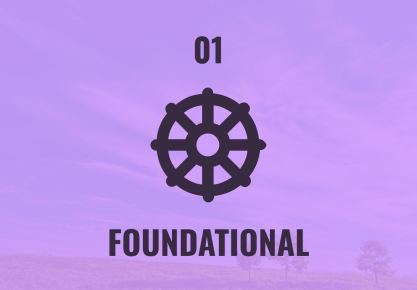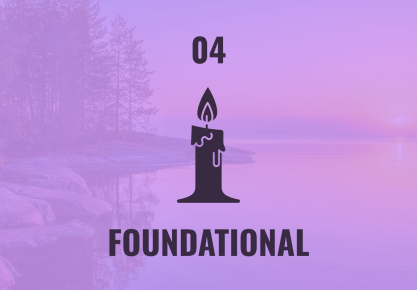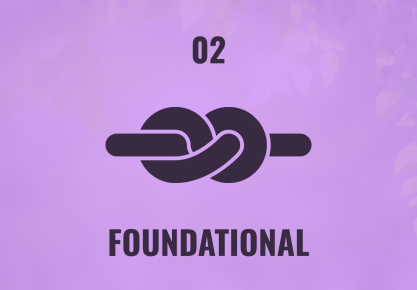If you’re new to the Dharma, we recommend reading our foundational posts first: Post 1: What is Buddhism? and Post 2: The First Noble Truth: Understanding Suffering (Dukkha) Explained
In Post 2, we looked closely at the diagnosis of the human condition: the First Noble Truth, which identifies the subtle, pervasive dissatisfaction known as Dukkha (suffering or unease). We saw that Dukkha comes in three forms, from physical pain to the deep instability of all things.
Now, we move to the crucial next stage. If life is inherently bumpy, what is the mechanism inside us that takes that bumpiness and amplifies it into intense suffering? The Second Noble Truth provides the answer.
The Second Noble Truth states: The origin of suffering is craving (Samudaya).
Welcome to Post 3 of the Skylike Minds Foundational Series.
The Mechanism of Suffering: Craving (Tanha)
The Pāli term for the origin of suffering is Samudaya, which means ‘origin’ or ‘source’. The core cause identified within Samudaya is Tanha, which is translated as craving, thirst, attachment, or clinging.
This is not a simple desire for a sandwich or a nice home. Tanha is a compulsive, deeply ingrained habit of the mind that constantly seeks satisfaction in temporary things. It is the restless energy that prevents our mind from settling into its natural, peaceful “Skylike” state.
The Buddha taught that this craving takes three distinct and toxic forms:
1. Craving for Sensual Pleasure (Kāma-taṇhā)
This is the craving for pleasant sensory experiences through the five senses and the mind. It is the addiction to comfort, stimulation, and enjoyment.
- Examples: Compulsive eating, addiction to entertainment (scrolling, excessive TV), seeking validation, or needing constant positive feedback.
- The Cycle: The craving is temporarily satisfied, but because the pleasure always fades (Dukkha of Change), the craving immediately reasserts itself, demanding more, creating a continuous loop of striving and dissatisfaction.
2. Craving for Becoming (Bhava-taṇhā)
This is the craving for existence, continuity, and growth. It is the desire to be something more, be better, or to prevent a current pleasant state from ending.
- Examples: Ambition driven by ego, clinging to a specific identity (e.g., “I am a successful writer”), seeking immortality, or resisting change in relationships.
- The Mechanism: This craving causes great suffering because it flies directly in the face of Impermanence. By clinging to a fixed ‘self’ or outcome, we resist the natural flow of life, creating immense inner tension.
3. Craving for Non-Existence (Vibhava-taṇhā)
This is the craving for non-being, non-existence, or annihilation. It is the desire to escape painful experiences and make the unpleasant ‘go away’.
- Examples: Suicidal thoughts, self-harm, addiction used to numb feelings, deep denial of an unpleasant truth, or the wish that a painful memory had never happened.
- The Core: While this craving appears to be the opposite of the others, it is simply the flip side of clinging. We cling so desperately to the idea of a pain-free life that we crave the destruction of anything that causes discomfort.
“All suffering arises from craving, which is the desire for things to be other than they are.” — Ajahn Chah
The Three Roots of Evil: The Poisons that Fuel Craving
While Tanha describes the action of craving, it is driven by three underlying psychological factors known as the Three Roots of Evil (or the Three Poisons). These are the fundamental energies that keep the cycle of suffering active.
1. Greed (Lobha)
- Definition: Clinging, attachment, desire for personal gain. This fuels Kāma-taṇhā (craving for pleasure) and Bhava-taṇhā (craving for existence).
- Practical Application: In daily life, this is the feeling of ‘not enough’ or the inability to share resources, time, or validation.
2. Hatred (Dosa)
- Definition: Aversion, anger, ill-will, or rejection. This fuels Vibhava-taṇhā (craving for non-existence), as we want the object of our hatred to be destroyed or removed.
- Practical Application: This includes irritation in traffic, holding grudges, cynicism, and self-criticism. We crave the non-existence of anything unpleasant.
3. Delusion (Moha)
- Definition: Ignorance, confusion, or misunderstanding of reality. This is the most dangerous poison because it fuels the other two. Delusion is the mistaken belief that the temporary (Impermanence) is permanent, or that the non-self (Non-Self) is a solid, enduring “I.”
- Practical Application: Delusion is evident when we believe a material possession will bring permanent happiness or that our angry outburst will permanently solve a problem.
The Second Noble Truth reveals that Dukkha is not random; it is the inevitable result of these three poisons being activated by our craving.
“It is not the outer world, but the inner craving that binds you to suffering.” — Gautama Buddha
The Craving of the Clinging Mind
Craving is a perpetual feedback loop rooted in our sensory experience. The process is straightforward, yet subtle:
- Contact: Our senses (eyes, ears, body, mind) make contact with an object (a sound, a sight, a thought).
- Feeling: A feeling arises: pleasant, unpleasant, or neutral.
- Craving/Aversion:
- If the feeling is pleasant, the mind craves more (Greed).
- If the feeling is unpleasant, the mind craves its cessation (Hatred/Aversion).
- If the feeling is neutral, the mind craves stimulation (Delusion/Boredom).
- Clinging (Upadana): This craving hardens into solid clinging—a firm belief that the craved object is necessary for our happiness.
- Dukkha: Because the object is inherently impermanent (Post 2), the clinging mind is always separated from the reality of the moment, and suffering arises.
This loop shows that suffering is self-generated. We are responsible for our craving, not the circumstances.
“The self is merely a collection of passing thoughts and feelings, and the desire to hold them is the source of all conflict.” — Buddhist Teaching
Practical Application: The Power of Non-Clinging
The good news is that if suffering is caused by a mechanism (Craving), the mechanism can be dismantled. The goal here is not to eliminate all desire, but to transform the energy of compulsive craving into conscious intention.
1. Identify the ‘Fuel’ of the Fire
The next time you feel strong restlessness (the Dukkha of Conditioned States we discussed in Post 2), pause before you act. Ask yourself:
- Is this Greed? Am I craving something to begin or continue?
- Is this Hatred? Am I craving something to end or disappear?
- Is this Delusion? Am I chasing a permanent solution in a temporary object?
By identifying the root poison, you weaken its power. You can then label the energy itself: “This is craving for pleasure.” The simple act of labelling creates distance.
2. Practice Non-Clinging to Identity
The deepest form of craving is Bhava-taṇhā (craving to be). We cling fiercely to the story of who we are: our opinions, our past successes, or even our present worries.
Try this simple exercise in awareness:
- Observe an Opinion: Notice a strong opinion you hold about politics, work, or yourself.
- Sense the Clinging: Where in your body does the tension of clinging to that opinion reside? (Perhaps a tightness in the jaw or chest).
- Release the Clinging: For a single moment, imagine holding that opinion gently, like a light object you can set down. The opinion remains, but the suffering caused by needing it to be absolutely right dissolves.
This is the bridge to Non-Attachment.
“Give up what you cling to, and your life will become joyful and free.” — Sutta Nipata
The Bridge to Post 4: The Cure
We have completed the first two Noble Truths: the diagnosis (Dukkha) and the cause (Craving). This knowledge is powerful, but knowledge alone is not enough.
The Third Noble Truth is where the path becomes explicitly hopeful. It confirms that because Dukkha is caused by craving, and craving is a habit, the cessation of that craving is possible. This is the promise of Nirodha, or freedom.
The Third Noble Truth gives us the faith and motivation to put the practice into action. It is the spiritual equivalent of a doctor saying, “Yes, we know what the problem is, and there is a 100% cure.”
Continue your journey with Post 4: Our next article confirms the promise of the Buddhist path: The Third Noble Truth: How to End Suffering (Nirodha) Explained. Read Post 4 Now




